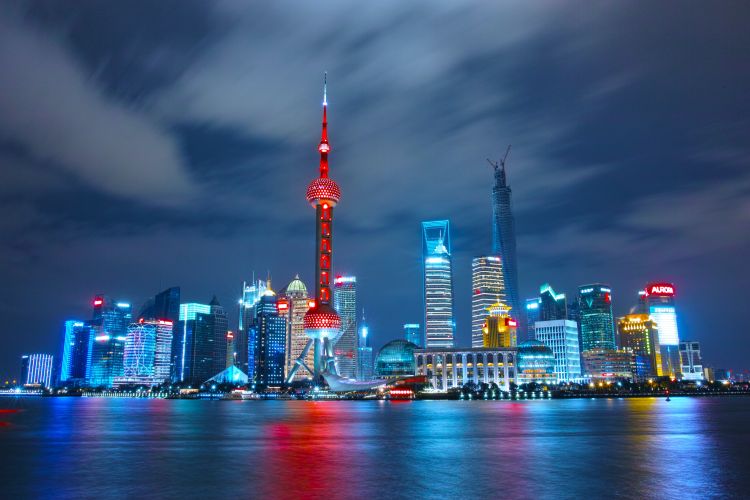
The Chinese economy has undergone a significant transformation over the past few decades, transitioning from a centrally planned economy to a more market-oriented system. This shift has been accompanied by rapid economic growth, with China becoming the world’s second-largest economy. China experienced an unprecedented 32 years of double-digit GDP growth from 1980, propelling it to become the world’s second-largest economy. Although growth has slowed in the past decade, China remains among the fastest-growing major economies.
Economic health concerns in China have escalated since the COVID-19 outbreak. Economic growth has slowed, and the country has faced a number of economic headwinds, including the COVID-19 pandemic, rising debt levels, and a shrinking property sector. Economists and rating agencies have started harbouring doubts about the ability of the Chinese economy to grow at breakneck speeds it has been witnessing for decades.
READ | Chennai disaster a stark reminder of urban planning inadequacies
On December 5, ratings agency Moody’s downgraded its outlook on China’s economy from ‘stable’ to ‘negative’, citing a manufacturing slowdown exacerbated by the pandemic. The situation worsened with the implementation of stringent ‘Zero-Covid’ lockdowns, further dampening economic activity. This outlook revision suggests potential future downgrades, recalling the last downgrade in 2017.
Moody’s attributes the rating cut to risks of structurally lower medium-term growth and a shrinking property sector. China’s once booming real estate sector faces severe funding challenges, impacting major developers like Country Garden and Evergrande, who have defaulted on loans. This downturn raises concerns about broader economic impacts.
Rising unemployment among China’s youth presents another significant challenge, with many young people struggling to find stable, well-paying jobs. A survey revealed an average monthly salary of 5,990 Chinese yuan ($845.04) for undergraduates in 2022. The government ceased publishing youth unemployment figures after a series of record highs.
China’s consumer spending growth is also expected to decelerate. McKinsey reports stagnant retail sales since the pandemic’s onset in 2020. The Chinese government may need to inject billions into the economy to support struggling sectors. Moody’s anticipates potential bailouts for distressed local governments and state-owned enterprises.
The government’s own financial health is strained. Despite announcing policy stimuli, the expected benefits were limited. Moody’s forecasts China’s GDP growth to slow to 4.0% in 2024 and 2025, and average 3.8% from 2026 to 2030. Nevertheless, Moody’s has maintained China’s “A1” long-term rating on sovereign bonds.
Despite financial constraints, Beijing announced a significant mid-year fiscal adjustment, issuing 1 trillion yuan ($137 billion) in government debt for rebuilding areas devastated by historic floods.
China has downplayed concerns about its economy. The Finance Ministry expressed disappointment with Moody’s downgraded outlook, considering the concerns over economic growth and fiscal sustainability unfounded. Yet, local government debt in China soared to 92 trillion yuan ($12.6 trillion), 76% of the nation’s GDP in 2022, up from 62.2% in 2019, according to IMF data.
Moody’s also downgraded the US credit rating from “stable” to “negative” due to rising interest rates, increasing debt, and Congressional polarisation over budget deficit solutions.
S&P Global Ratings, on the same day as Moody’s forecast, projected India as the new growth driver in Asia-Pacific. While downgrading China’s growth forecast to 4.6% by 2026, S&P expects India’s economy to expand by 7% in 2023. As growth shifts from China to South and Southeast Asia, bond issuers in countries like India, Vietnam, the Philippines, and Indonesia may see improved growth prospects. India’s National Statistical Office reported a 7.6% GDP growth in the second quarter of FY24, prompting analysts to adjust full-year growth estimates to nearly 7%.
China’s economic outlook will face increasing uncertainty as the country grapples with a number of challenges. The Chinese government’s policy response to these challenges will be critical in determining the country’s future economic trajectory. Inflation remains a concern in the entire Asia-Pacific region. Banks are expected to maintain high interest rates, mirroring the US Federal Reserve’s tight policy, further hurting the economic growth prospects.
